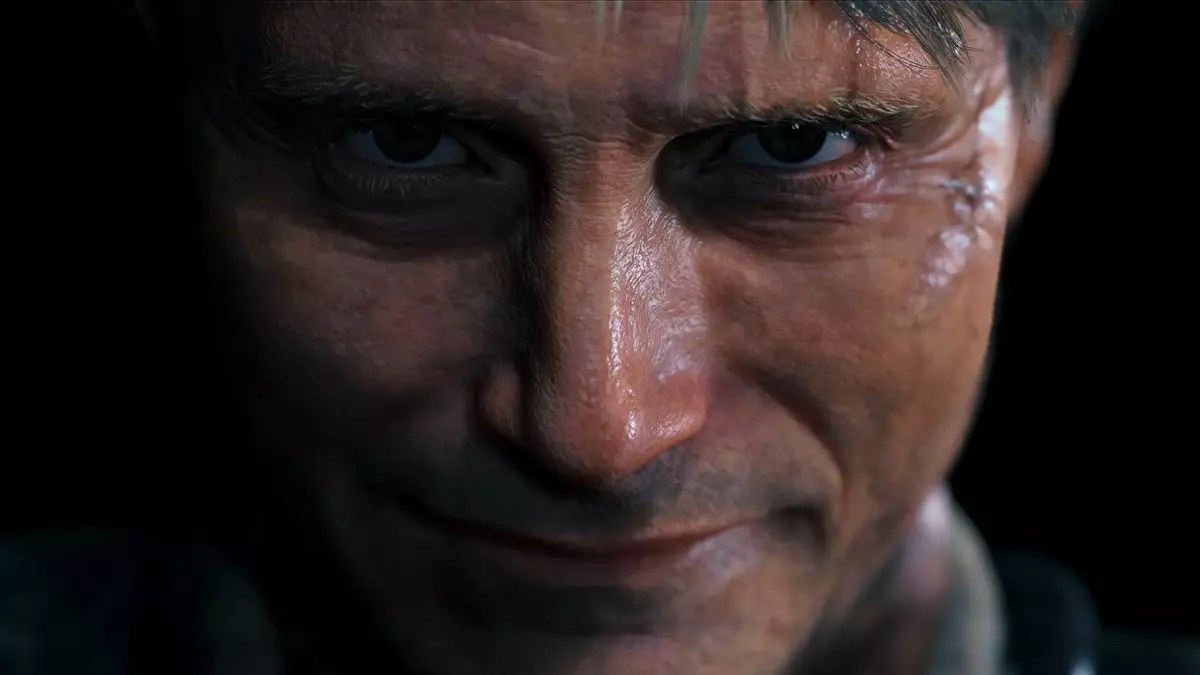Hideo Kojima stands as one of the most influential figures in the gaming industry, often hailed for his visionary approach to video game design. Renowned for iconic franchises such as Metal Gear Solid and Death Stranding, Kojima’s creations are distinct in their ability to weave elaborate narratives that evoke the emotional depth typically found in films. This unique blend of gaming and cinematic elements has sparked discussions about the relationship between the two mediums and raised questions about the future of storytelling in interactive entertainment.
Kojima asserts that his background is steeped in cinema, and this foundation profoundly influences his artistic direction. The term “cinema DNA,” coined by Kojima himself, encapsulates this idea—the notion that his generation of game developers has unconsciously absorbed significant inspiration from the films they watched growing up. This perspective is crucial in understanding how Kojima’s games differ from traditional video games; they possess an inherent storytelling quality, characterized by polished narratives, multifaceted characters, and intricate world-building.
In a 1999 interview with fellow game designer Yasumi Matsuno, Kojima articulated what he perceived as a generational advantage. He remarked that his cohort had the benefit of being influenced by various forms of media, particularly cinema. This cross-pollination of artistic mediums seems to have fostered an environment where storytelling was not only welcome in games but essential. Kojima recalled the visual aesthetics of films deeply influencing his work, shaping elements from visuals to dialogue and pacing. He stated, “It’s not so much that I’m conscious of movies when I create; rather, everything I make ends up feeling somewhat like a movie, thanks to what I have absorbed over the years.”
However, Kojima expressed concern for the current generation of game developers who, according to him, may lack a broader artistic influence as video games dominate their creative landscapes. The apprehension that younger creators may not draw from cinema, literature, or other art forms signifies a crucial turning point for the future of game design. While the advancements in technology have opened avenues for innovation, the potential narrowing of creative influences could lead to an art form that lacks diversity in storytelling and expression.
Kojima’s exploration into the marriage of cinema and gaming underscores the ability of video games to deliver rich narratives comparable to those in film. The brilliance of Kojima’s craftsmanship is evident in his meticulous attention to detail—each frame, dialogue, and character development reflects an understanding of the cinematic language. This incorporation of filmic styles, such as dramatic lighting and character-driven narratives, enable viewers and players alike to engage with the story on a deeper emotional level.
Moreover, Kojima’s unique storytelling approach fosters an immersive experience. Titles like Death Stranding defy traditional gameplay mechanics and prioritize emotional connection, inviting players to reflect on their actions and the narrative consequences. This contrasts with many contemporary games that often place gameplay mechanics above narrative depth. By adhering to a cinematic structure, Kojima’s games urge players to invest emotionally in the characters and their journeys.
Looking ahead, Kojima continues to push the boundaries of interactive entertainment. His collaboration with filmmaker Jordan Peele for his upcoming project, OD, promises to blend their storytelling expertise in innovative ways. Such partnerships signify a growing trend within the gaming industry; the convergence of film and game design is more prevalent than ever, suggesting a bright future for projects that prioritize narrative integrity.
As fans anticipate the forthcoming Death Stranding film adaptation and Kojima’s next ventures, it’s clear that the allure of cinematic storytelling in video games remains potent. In an era characterized by rapid technological advancement and artistic exploration, Kojima’s insights and legacy serve as a reminder of the importance of integrating diverse influences into creative works. Ultimately, the blending of cinema and gaming not only enriches the interactive experience but also paves the way for a more profound understanding of storytelling across media.


Leave a Reply